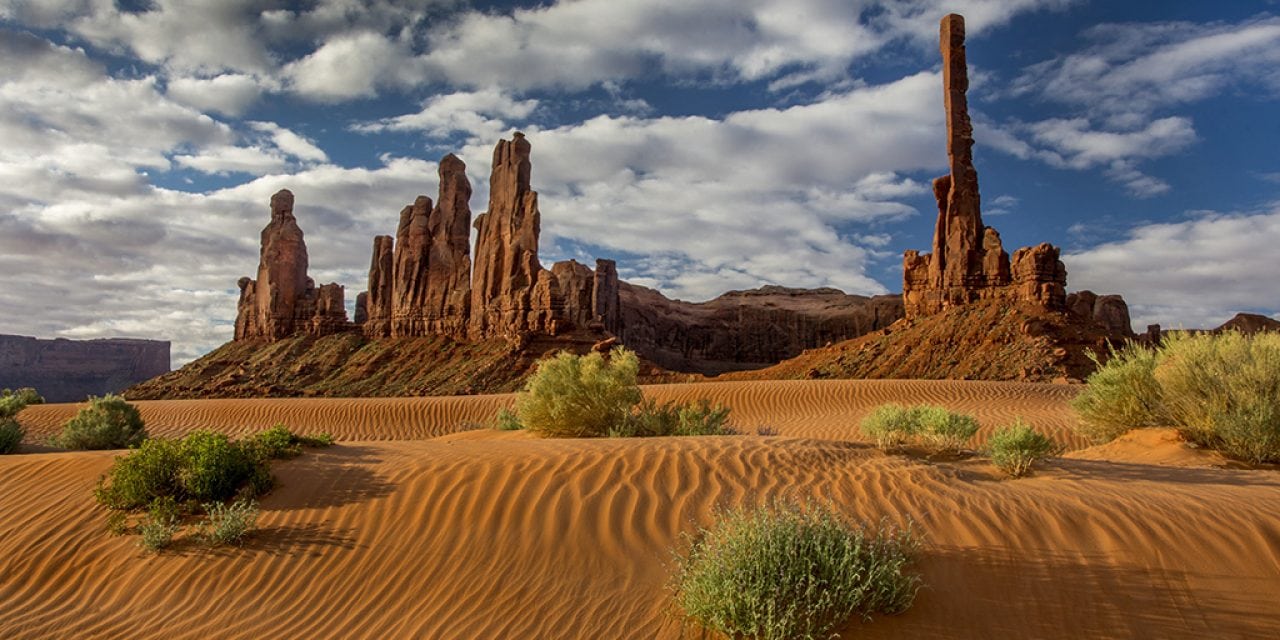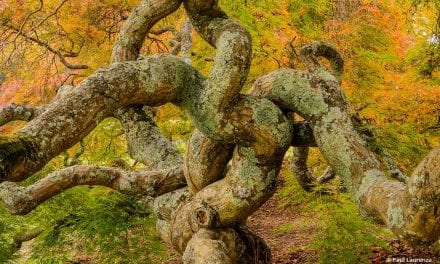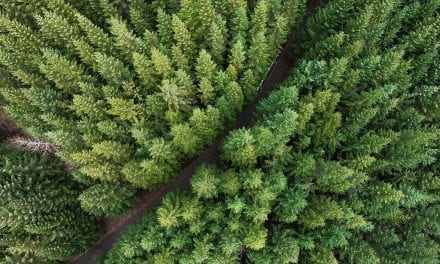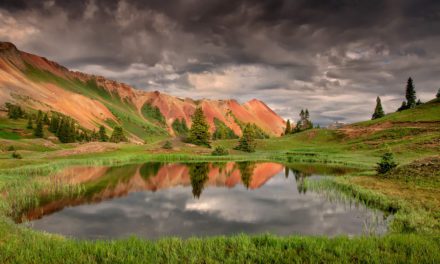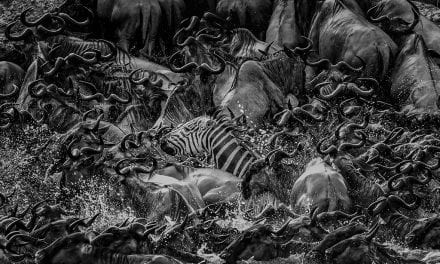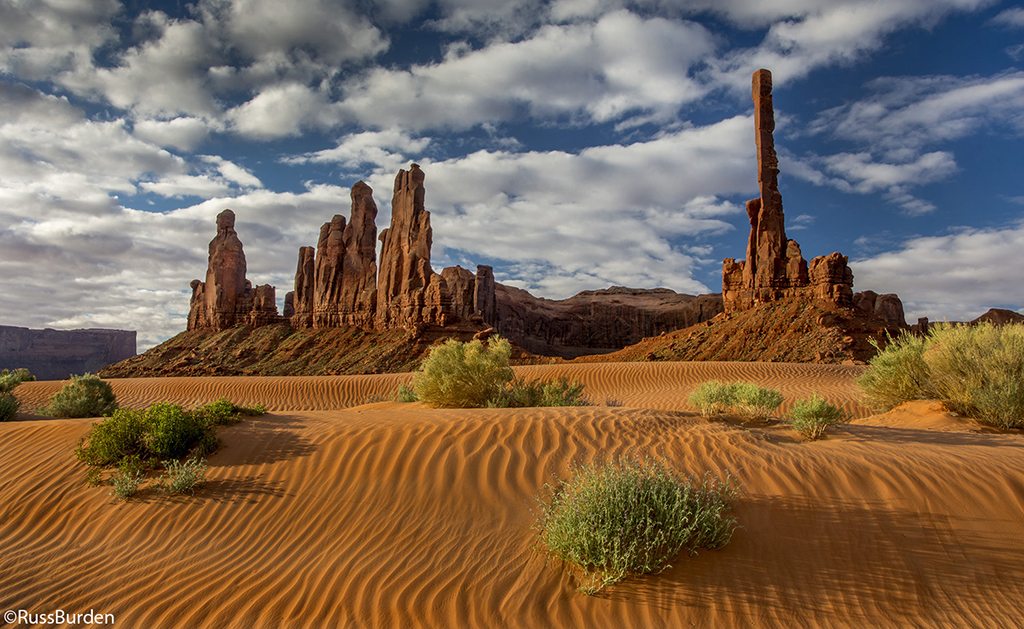
If you’ve never spent time in the canyon country of the Southwest and you love to photograph landscapes, put it on your bucket list. A plethora of photographic possibilities provides endless potential. Red rock monoliths, river carved canyons, dramatic sunrise and sunset skies, snow-draped red rocks in winter, expansive vistas and more await those eager to take home winning images. Zion and Bryce Canyon National Parks, Monument Valley Tribal Park, Capital Reef, Arches and Canyonlands, The Grand Canyon, The Slot Canyons and others conjure up visions of grandeur. If you intend to head to canyon country, the following tips provide some ideas of how to bring back better images.
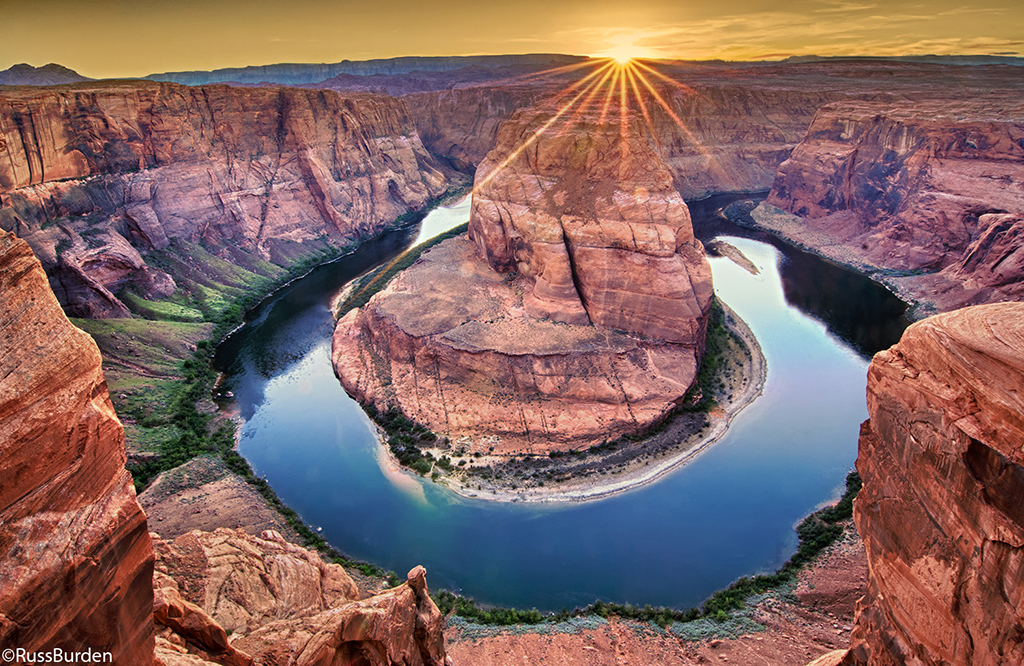
HDR: Canyon country is made for high dynamic range captures. Towering peaks receive early or late light, yet the canyon floors live in deep shadow. In a single capture, if the exposure is set to maintain detail in the highlights, the shadows reveal little information. Conversely, if the exposure is set for the shadows, the highlights blow out. The solution is simple. Make a bracketed series of exposures that reveal detail from the brightest highlight to the deepest shadow. Depending on where you are in canyon country, the range can be five to seven stops. Run the bracketed series through HDR software such as Nik HDR Efex Pro or Photomatix. In simplified terms, the software extracts the optimum exposure from each file and blends them to create a single file that reveals detail throughout the bracketed range. There’s a learning curve to the software, but the results make it worth the time and effort.

Bring ’Em All: Canyon country and wide-angle lenses go hand in hand. Most of the iconic images made at all of the above-listed destinations are made with wides. In some cases, the big sky look, the tall canyon walls, and huge monoliths require super wides. That being said, don’t leave the long zoom home, as many hidden gems can be found if you isolate details of a lone tree growing out of a rock, a moon rising under an arch, a single formation with a dramatic sky or any other intimate portion of the landscape. Just as a heads up, when I photograph the amphitheater of Bryce Canyon, many images are made with my 80-400mm.

Never a Bad Time Of Year: Fall brings crisp, blue skies and autumn-colored cottonwoods. The crowds have also dispersed from the summer season. Winter is also a fabulous time to visit canyon country. If you can plan a spur-of-the-moment trip to coincide with a fresh snow, it’s a home run. Snow on red rocks is a killer combo. It can get surprisingly cold, so dress appropriately and be careful, as the snow-covered red rock is slick. Spring finds comfortable temps and less people. If the area you visit has trees, spring buds and fresh green color add a nice counter point to the red rock and blue sky. Additionally, wildflowers can be found. Summer is a good time to visit canyon country because dramatic afternoon storms provide amazing skies and rainbows. The downside is the weather is very hot.
Show Scale and Depth: The immensity of canyon country is hard to depict, as the land seems to go on forever. Showing scale adds interest to an image. Include a point of reference such as a foreground tree, dead snag, common bush or even a person to show perspective and create depth. Use a wide-angle lens to pull this off. Stop the lens down to its smallest opening to provide lots of depth of field. You want to have the most foreground and most distant background objects sharp. Get close to the foreground element to exaggerate its size. Use your depth of field preview button to confirm sharpness from foreground to background.
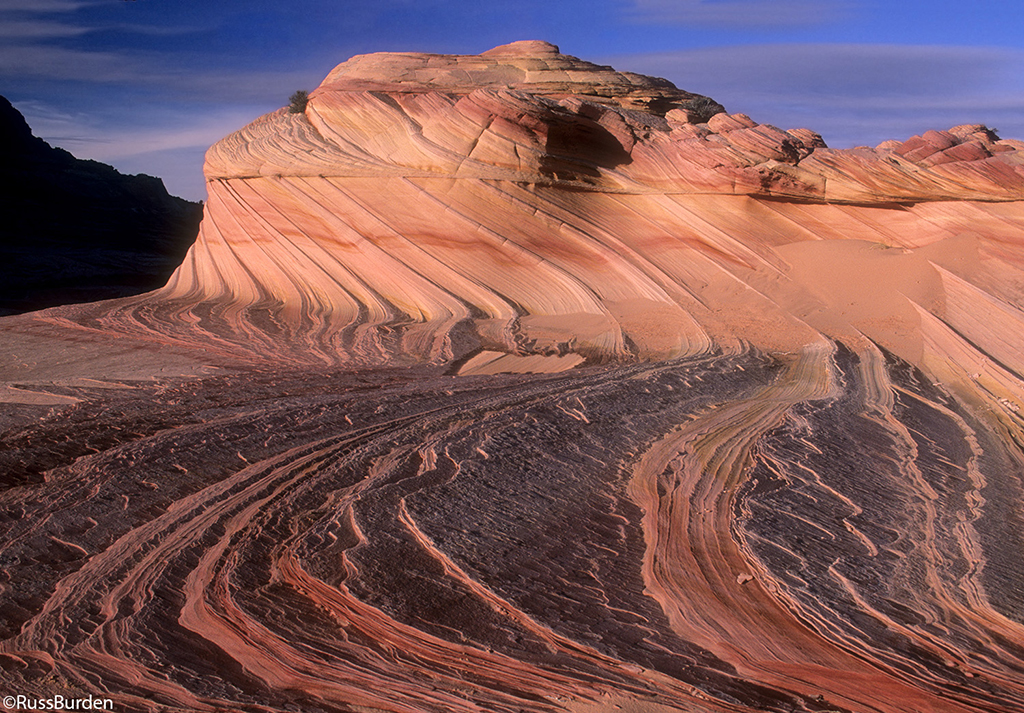
Early and Late: The best time to photograph canyon country is sunrise and sunset. Your images will have the effect as if someone turned on a light switch from inside each formation that makes it glow. Warm light on the red, orange and yellow colored rocks is magic. The light at these times of day is unsurpassed. If the contrast exceeds what your sensor can capture in a single image, follow the HDR tip above. If the formations, such as those in Monument Valley, are stand alone, then HDR isn’t necessary.
So, venture off into the world of red rock heaven and have some fun. The photo possibilities are endless.
Visit www.russburdenphotography.com for information about his nature photography tours and safari to Tanzania.
The post Carry Your Camera Into Canyon Country appeared first on Outdoor Photographer.

